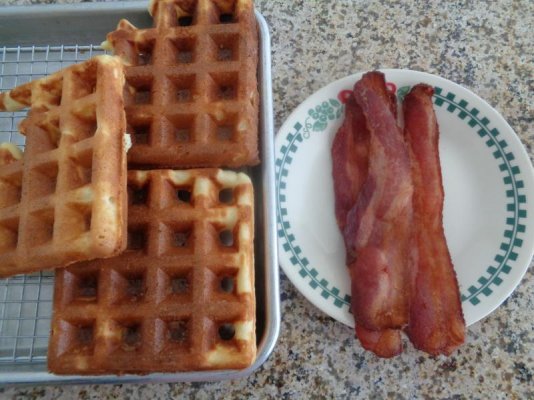WhateverYouWant
Sous Chef
- Joined
- Oct 29, 2019
- Messages
- 609
I have never bought buttermilk. It seems like one of those things I'll use a cup of, and never touch it again (until it's spoiled).
So there are a number of methods for making buttermilk substitute, with everything from adding vinegar, lemon juice, creme fraiche, or sour cream, to milk.The latter two seem to me the best advice.
So I have any of you done this, and what were your results?
So there are a number of methods for making buttermilk substitute, with everything from adding vinegar, lemon juice, creme fraiche, or sour cream, to milk.The latter two seem to me the best advice.
So I have any of you done this, and what were your results?

